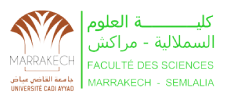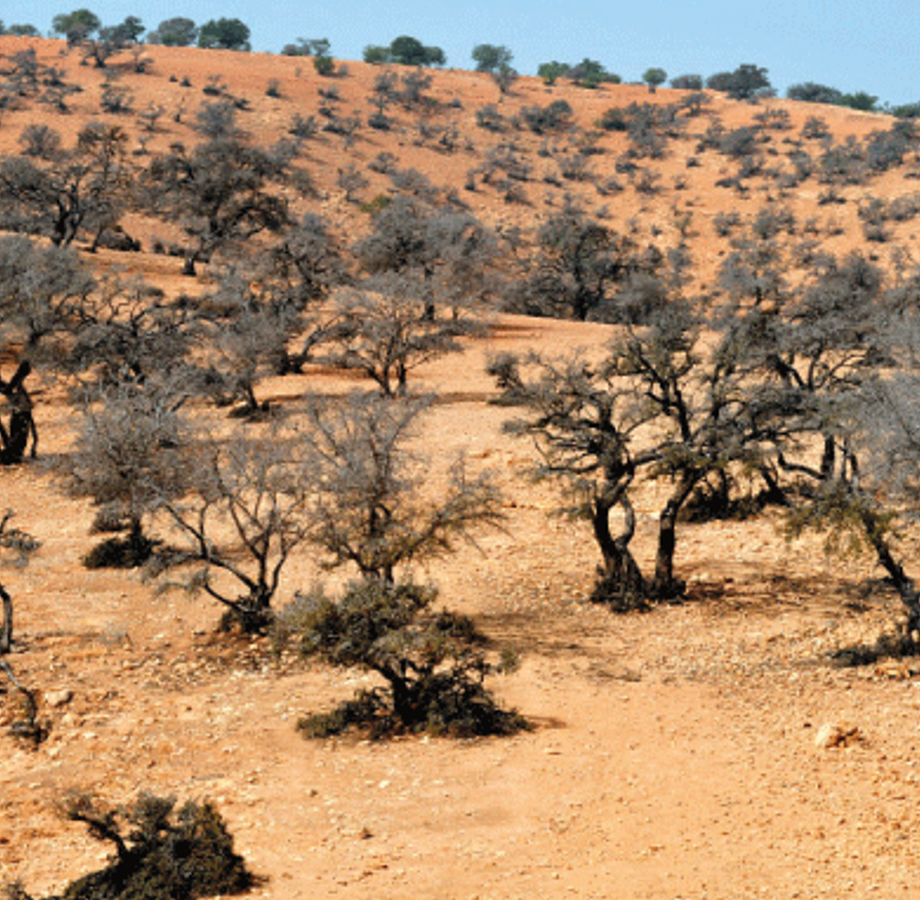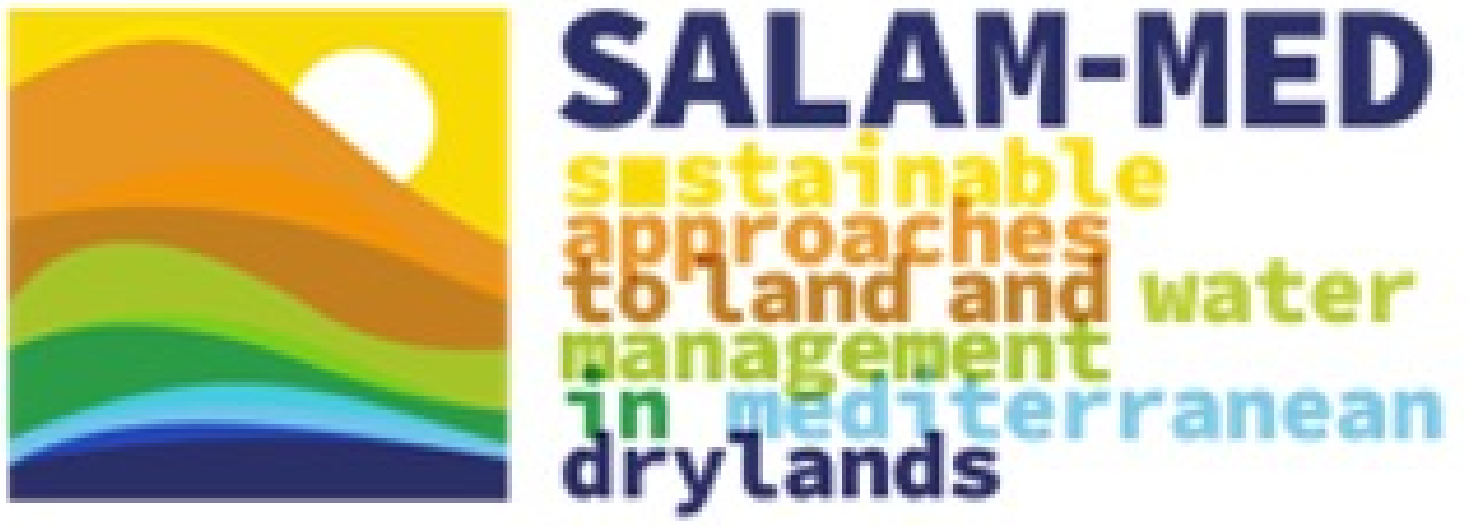Morocco
Almost 90% of the rural economy in the region is dependent on the argan agroforestry system. SALAM-MED will combine smart grazing management, Subsurface Water Retention and Water Harvesting technologies to reverse land degradation in the Argan forests of Essaouira.
Technologies and Practical solutions developed here
Subsurface Water Retention Technology
Leader

University of Cadi Ayyad
Profile
Altitude: 370 m a.s.l.
Coordinates: 31.101° N; 9.687° W
Size: 3 km² scalable to ≈1364 km²
Mean annual temp: 23 °C
Mean annual prec: 250 mm
Mean annual ETo: 850 mm
Aridity index: 0.30
Local population : 6,500
Main land uses, crops and animals: agro-
silvopastoral, argan, olive, wheat, goat,
sheep, cows
Technologies and Practical solutions developed in this Living Lab
The Arganeraie is a part of UNESCO’s World Network of Biosphere Reserves, and have peculiar eco-geographic and socio-economic dimensions (Faouzi, 2017). Almost 90% of the rural economy in the region is dependent on the argan agroforestry system. Overgrazing, climate change and demographic dynamics are generating land degradation that could be reversed combining smart grazing management, SWRT and simple WH technologies.
Click on the cards below to learn more about the individual technologies tested in the living lab.

Subsurface Water Retention Technology
Use Case Contact
Mohamed Ait El Mokhtar mohamed.aitelmokhtar@gmail.com

